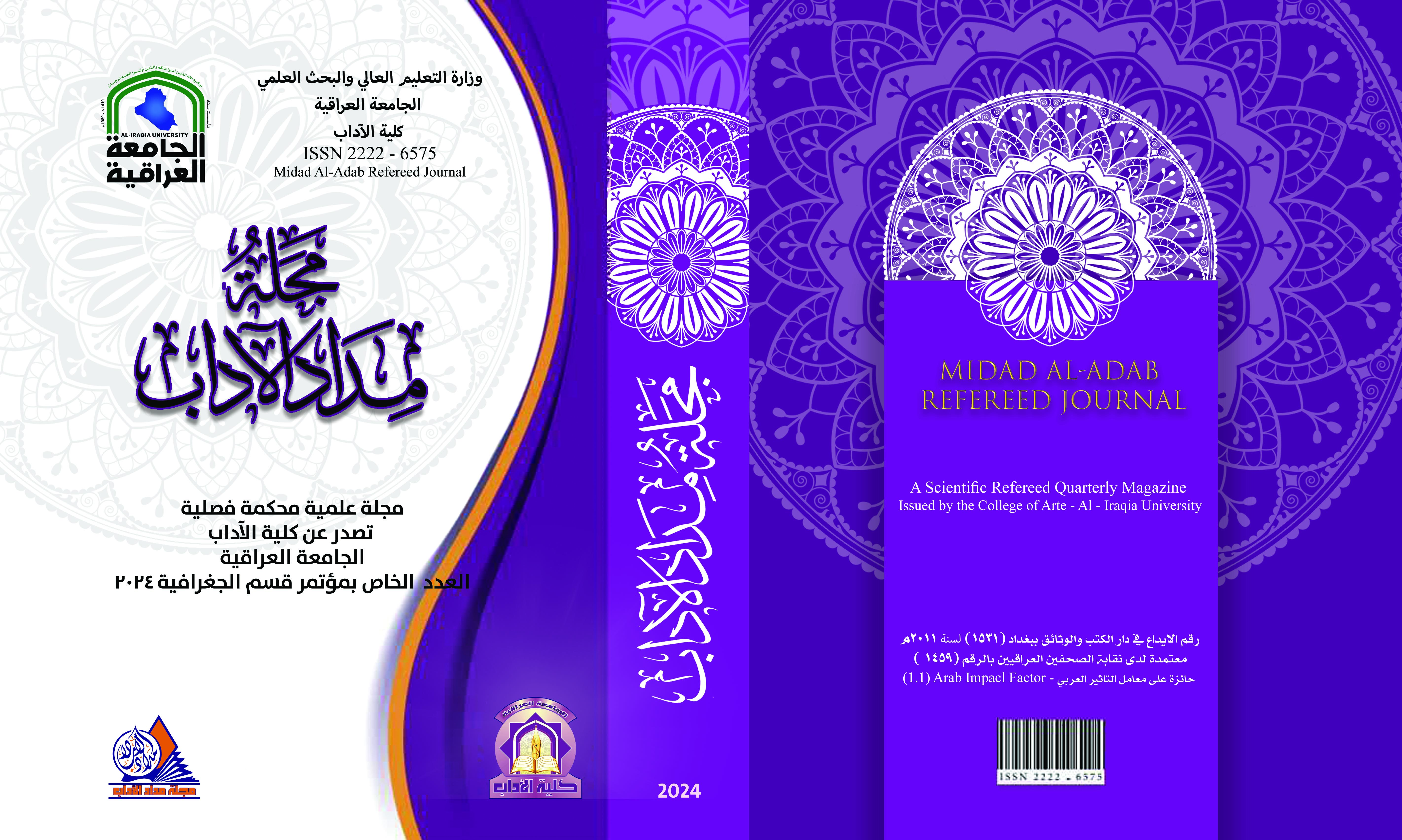The internal structure and urban characteristics of the fenced areas in the city of Ramadi for the year 2022 AD
DOI:
https://doi.org/10.58564/ma.v14iالعدد%20الخاص%20بمؤتمر%20قسم%20الجغرافية.1474Keywords:
Keywords: urban growth, internal structure, urban families, urbanization of villages, suburb.Abstract
The study of the internal structure and urban characteristics of cities is not possible except after examining the demographic growth and highlighting the phenomenon of urbanization of cities, which is represented by the extension of the urban area through the increase of urban environments at the expense of rural settlements, which is known as urban families. The city of Ramadi is a model of this phenomenon, as the research dealt with the internal structure. And the urban characteristics of urban families in the city of Ramadi, the center of Anbar Governorate located in the western part of Iraq, which is considered cadastrally according to the hierarchy of the largest governorates in Iraq. The area of the city of Ramadi reached (5,109) hectares and its population reached (257,780) people. The importance of the research stems from studies that dealt with the problem of the urban family and shed light on it during the expansion phase as a result of the accelerated delay in population growth in the city and the resulting unplanned development in the urban era surrounding the urban family areas. This is mainly due to the research stemming from the increase in the size of the realistic problem. Tangible and intertwined between the folds of the urban fabric and the acute shortage suffered by paid contributors to services, the most important findings of the research is the possibility of identifying urban use areas, as the enclosed agricultural areas covered approximately (1665) and witness the equivalent of (6.32%). Of changing the basic area of the city, He captured two provinces, namely Al-Zawiya District (16) and Al-Sahalat District (26), and that this expansion was not based on the actual need for the land, but rather it was a random expansion that was not consistent with the reality of population density and the future need of the city’s residents, and the most important proposals that could contribute to addressing this The problem is to limit horizontal spatial expansion, especially in agricultural areas and villages, and not to neglect them, and to achieve the requirements of rural stability to limit migration to the city.
Downloads
Published
Issue
Section
License

This work is licensed under a Creative Commons Attribution-NonCommercial-NoDerivatives 4.0 International License.








